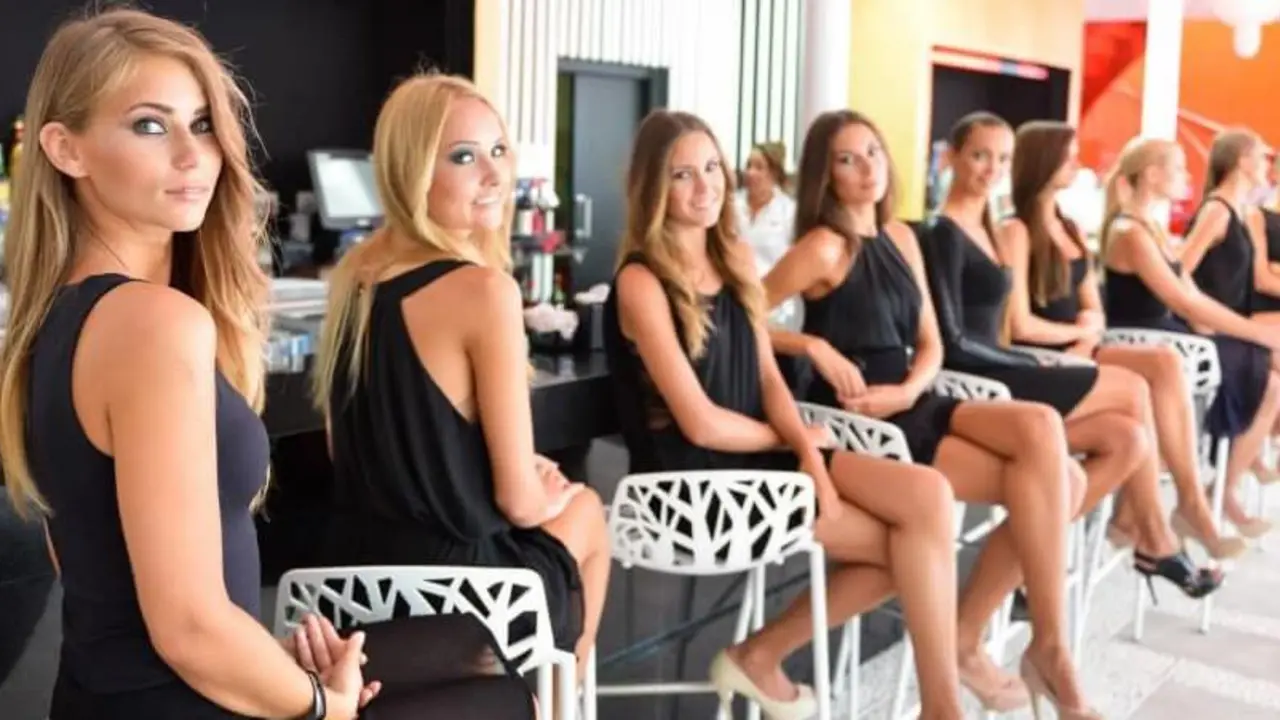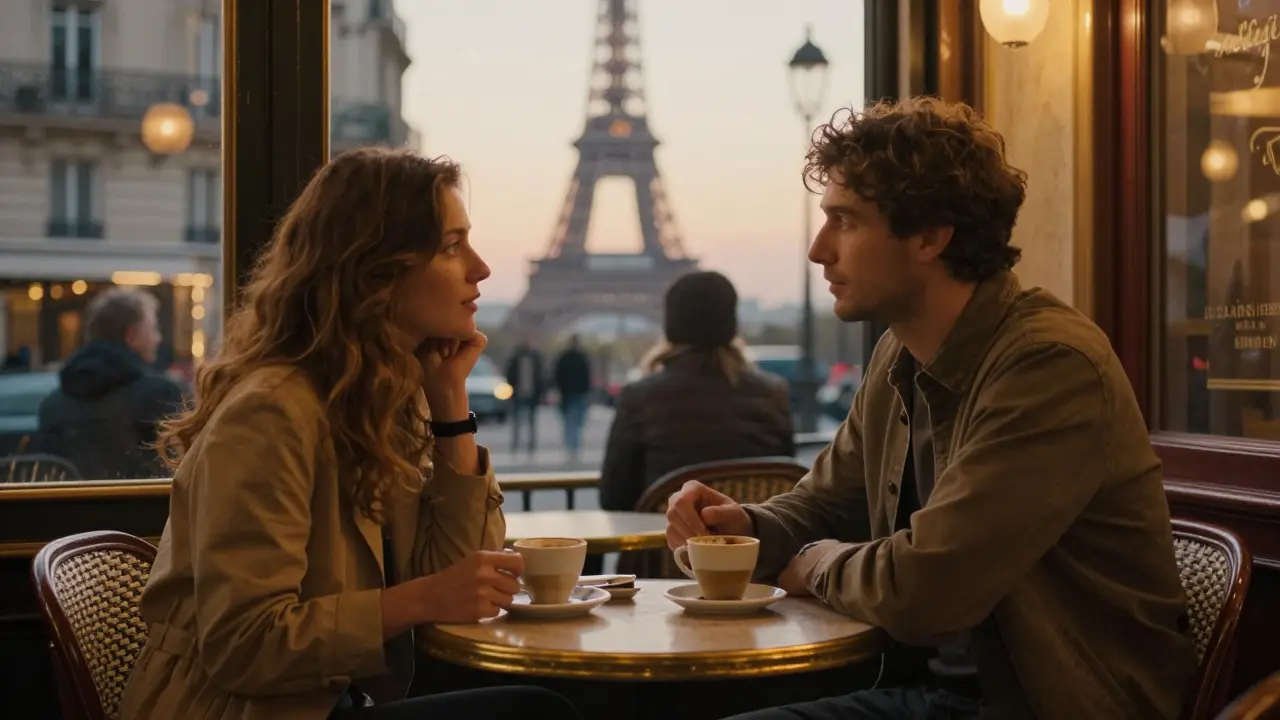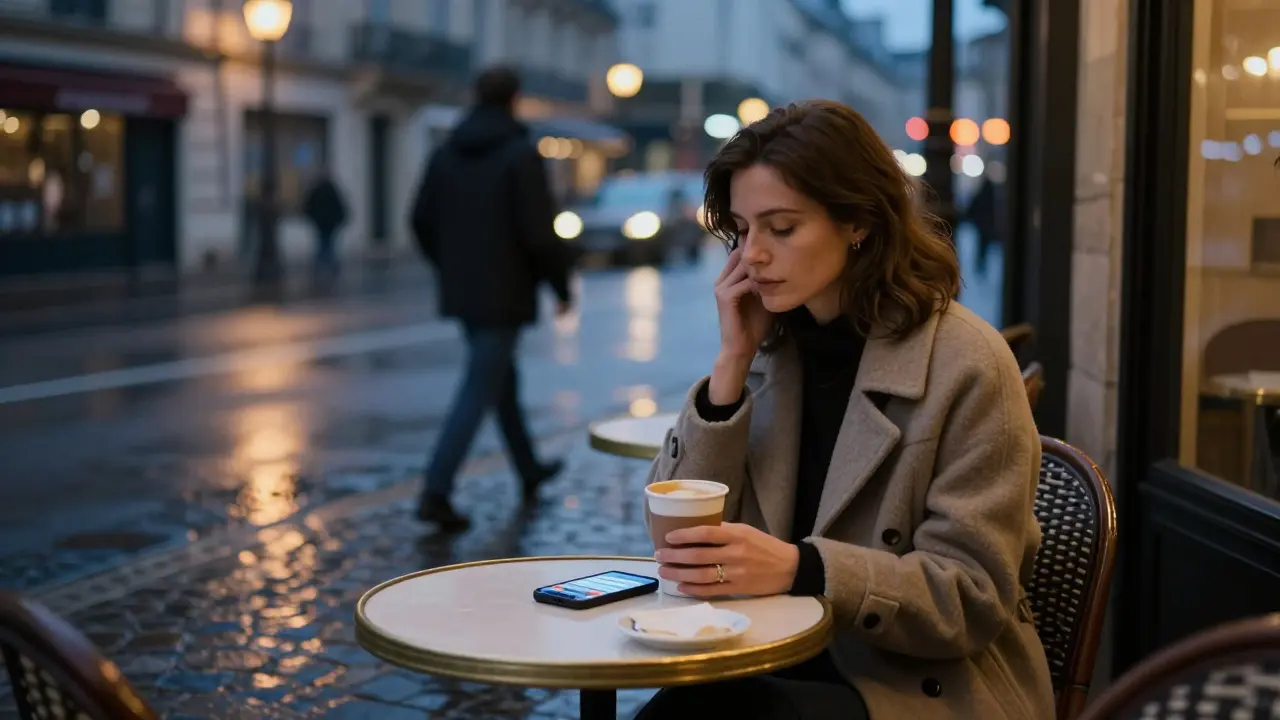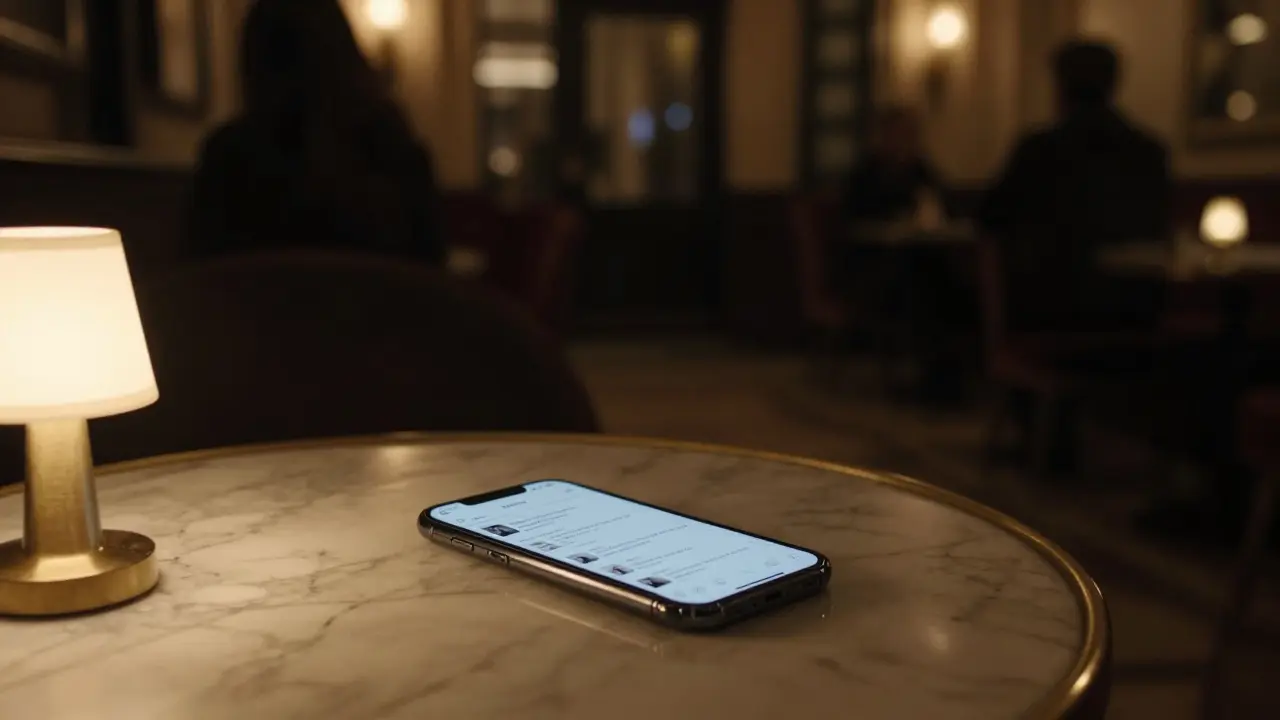Cultural Significance of Paris Escort Industry – Why It Matters
When you think of Paris, you picture art, fashion, cafés, and the Eiffel Tower. Few people connect the city’s glitz with its escort scene, yet the industry has been a quiet driver of cultural change for more than a century. Below you’ll see why this hidden world matters to the broader story of Paris.
History and Social Roots
Back in the 1800s, courtesans were the ultimate muses for poets and painters. They mingled in salons, funded artists, and set style trends that later filtered into mainstream fashion. Over time, the industry shifted from aristocratic patronage to a more diverse, modern marketplace, reflecting Paris’ own social upheavals.
Each era left its mark. The Belle Époque saw lavish parties where escorts dressed in the newest couture, while the post‑war period turned the profession into a symbol of female independence. Even today, the reputation of Parisian escorts as cultured companions links directly back to those early days of intellectual exchange.
Modern Cultural Influence
Fast‑forward to the digital age: social media platforms let escorts promote themselves like fashion influencers. Instagram feeds showcase haute‑couture looks, while blogs discuss everything from safety tips to the economics of the trade. This visibility feeds a feedback loop—fashion houses spot fresh style ideas, filmmakers use escort characters to explore romance, and tourism guides mention the industry as part of the city’s “nightlife.”
Technology also reshapes safety and professionalism. Apps with real‑time location sharing and verified reviews have turned what was once a shadowy market into a more regulated service. That change has sparked debate about privacy, but it also highlights how the industry adapts to societal values like consent and transparency.
Politics and law play a role, too. Recent French regulations aim to protect workers while cracking down on illegal activities. Those legal tweaks influence public perception, turning the escort scene into a touchstone for discussions about sex work, gender rights, and personal freedom.
In cinema, French films often portray escorts as complex characters—sometimes glamorous, sometimes vulnerable—shaping how audiences view the profession. Those portrayals ripple out, affecting everything from fashion trends to the way cafés accommodate late‑night diners looking for companionship.
All of these pieces—history, technology, law, media—interlock to make the Paris escort industry a small but potent cultural engine. It reflects the city’s love of style, its appetite for conversation, and its ongoing negotiation of personal liberty.
So next time you stroll along the Seine, remember that the glitter you see isn’t just from the lights. It’s also the quiet shimmer of an industry that has, for generations, helped define what “Parisian chic” really means.
The cultural significance of escorts in Paris
As a blogger, I've been exploring the cultural significance of escorts in Paris recently. It's fascinating to see how deeply ingrained they are within the city's history and social fabric. From being muses to famous artists and writers, to shaping societal norms, escorts have played a crucial role in Parisian culture. Today, they continue to be a part of the dynamic and ever-evolving city that is Paris. I look forward to delving deeper into this interesting aspect of Parisian life and sharing my findings with you all.
The cultural significance of escorts in Paris
As a traveler and cultural enthusiast, I've been intrigued by the cultural significance of escorts in Paris. It's fascinating to observe how this age-old profession has evolved over time and integrated itself into the fabric of Parisian society. In many ways, these escorts have become a symbol of the city's liberated, sensual, and sophisticated nature. They embody the idea of beauty, art, and the pursuit of pleasure, which are essential aspects of French culture. It's truly remarkable to witness how escorts have transcended their controversial origins and now hold an influential position in the Parisian cultural landscape.







